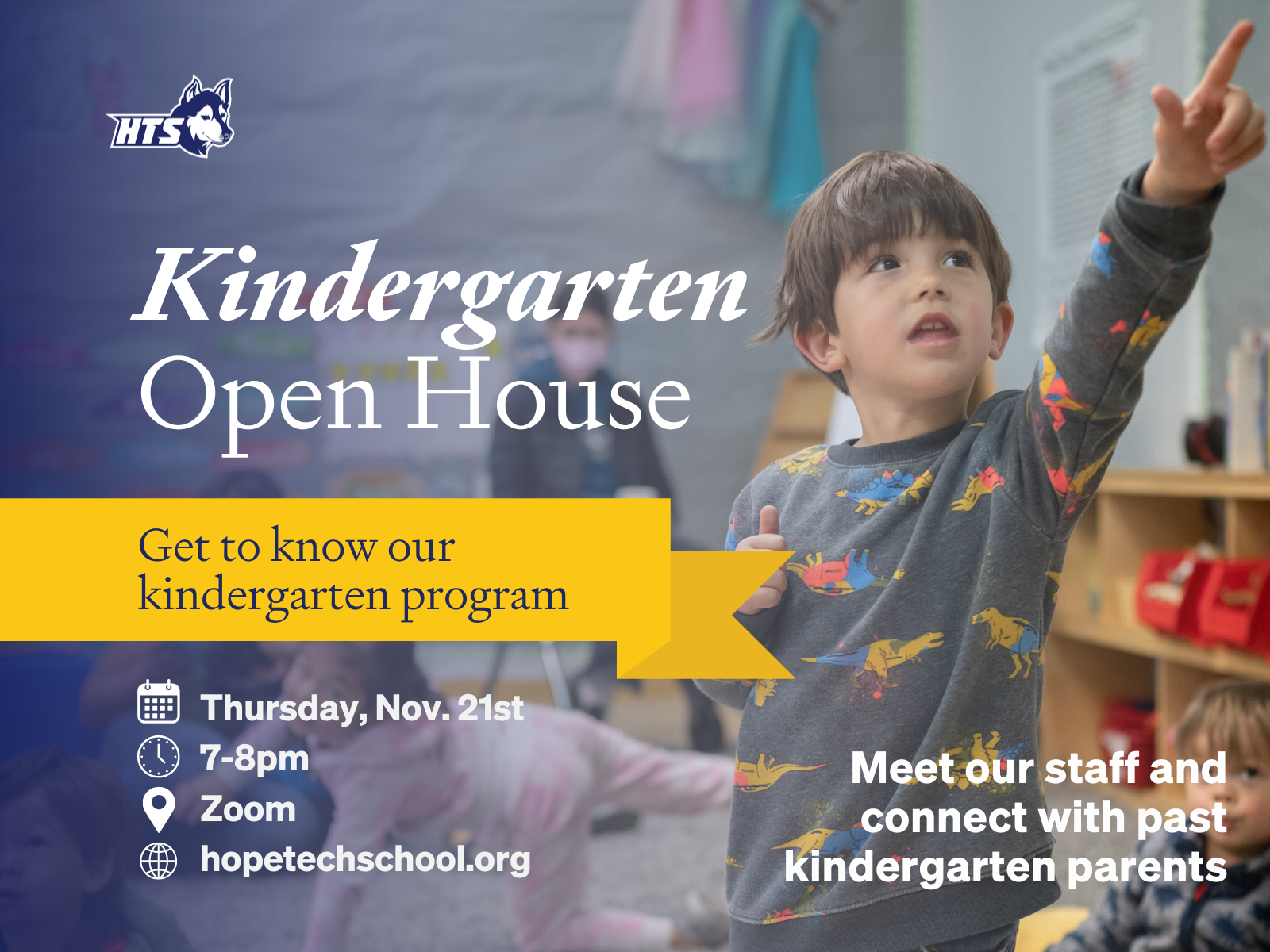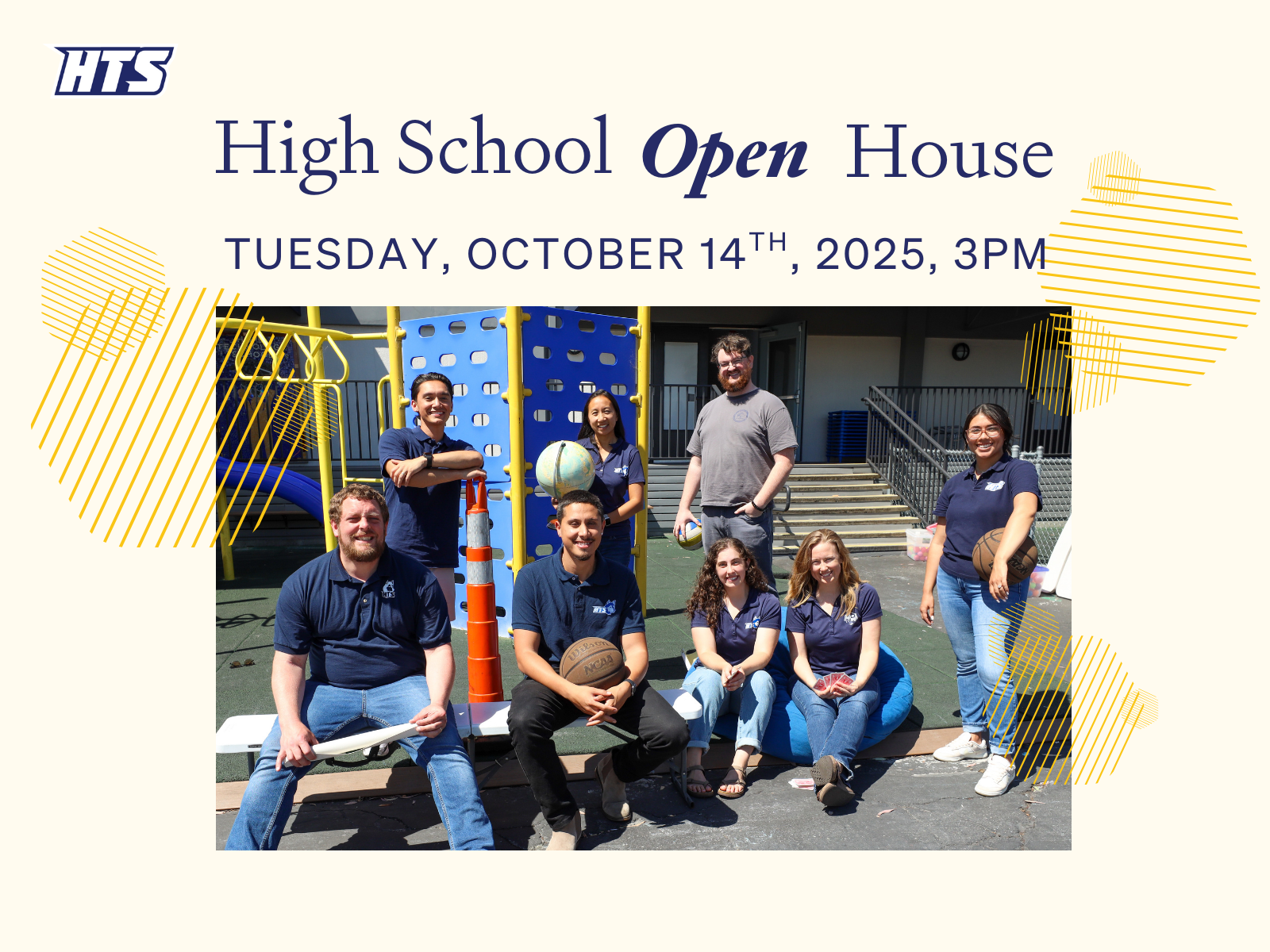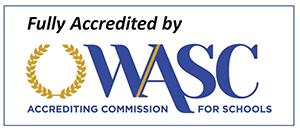Share
Our founder and executive director, Gail Ewell, started Hope Technology School with a dream: creating a world where every student with disabilities –regardless of need–isn’t just tolerated, but truly celebrated.
This level of full integration is about building a culture supported by schools, families, and community members who can see all students for their unique strengths and talents. Gail recently shared this vision, along with the steps we’ve taken at Hope Technology School to bring it to life, on an episode of the Pieces for My Puzzle podcast, titled “Breaking Barriers: Inclusive Education for Neurodiverse Children.”
“Inclusion shouldn’t just be a buzzword; it should be a fundamental right,” reflects Gail in the episode. More than just placing students with disabilities in the same room as their peers, inclusion for those with disabilities is about embedding support, nurturing relationships, and fostering environments to allow every student to be seen, supported, and valued. And these approaches benefit all students, both neurotypical and neurodivergent, as shown throughout the HTS community of alumni, families, and supporters.
How HTS’s integrative culture benefits all students
One of the ways HTS creates an integrative environment is by implementing assistive technology in the classroom. Because many neurodivergent students have limitations in communication, technology breaks down barriers and empowers students to express themselves, participate in class, and build powerful friendships. As Gail notes: “It’s not just about the tools themselves; it’s about the opportunities those tools will create.”
We see the impact of integration in the stories of our alumni. Seeing other students get new opportunities for communication inspired one of our neurotypical alums Parker, to pursue a passion for computer science after his time at HTS. He now continues to further his advocacy for those with neurodivergent needs. Stories like Parker’s show that when inclusion is fully embraced, it benefits all students, not just those with identified needs; it builds empathy, emotional intelligence, and genuine friendship among neurotypical students as well.
HTS also implements universal design for learning (UDL) in every classroom, a framework that reduces barriers by offering multiple ways to access, engage with, and show understanding of content. Students learn best in different ways, so an individualized approach to learning benefits each unique learner.
Whether it’s project-based learning, peer modeling, or sensory-friendly classrooms, the work at HTS shows how inclusive education isn’t about fitting students into a system—it’s about reshaping the system to fit all students.
For those looking to create more integrative spaces in their communities, “start small,” Gail advises. “Even small steps toward inclusion can lead to meaningful change.”
This podcast episode discusses the systemic challenges families often face, from limited resources and staff training to surface-level inclusion efforts. But Gail’s message is hopeful: real change is possible when educators, families, and communities come together. Listen to the full podcast today on PiecesForMyPuzzle.com.
Read more
- Join us on October 14th, 3pm to learn about our inclusive high school program








